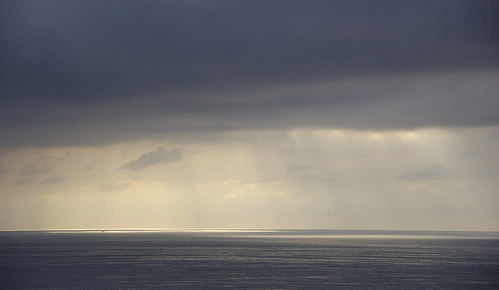Un nuovo studio pubblicato sulla rivista Regional Environmental Change (tra gli autori, anche i ricercatori CMCC E. Scoccimarro, S. Gualdi, A. Bellucci, M. Zampieri, A. Navarra) ci descrive una regione euro-mediterranea sempre più caratterizzata da eventi di forte precipitazione per un clima più caldo, specialmente durante la stagione invernale. Questo risultato sarebbe confermato dai modelli CMIP5 per la fine del XXI secolo, prendendo in considerazione uno scenario che non preveda interventi o strategie di mitigazione. Le implicazioni potrebbero essere una maggior vulnerabilità e un rischio più elevato per i sistemi naturali e umani più sensibili agli eventi estremi di precipitazione.
L’abstract dell’articolo:
Possible changes in the intensity of heavy precipitation events at the end of the twenty-first century over the Euro-Mediterranean region are investigated, using a subset of numerical climate simulations taking part to the fifth phase of the Coupled Model Intercomparison Project (CMIP5). As a measure of the intensity associated with heavy precipitation events, we use the difference between the 99th and the 90th percentiles. Despite a slight tendency to underestimate the observed heavy precipitation intensity during summer and to overestimate it during winter, the considered CMIP5 models well represent the observed patterns of the defined 99th–90th percentile metric during both seasons for the 1997–2005 period over the Euro-Mediterranean region. Over the investigated domain, an increase of the width of the right tail of the precipitation distribution is projected in a warmer climate, even over regions where nearly the entire precipitation distribution becomes dryer. This is the case of the European domain within the 45N–55N belt.
Leggi la versione integrale dell’articolo:
Scoccimarro E., Gualdi S., Bellucci A., Zampieri M., Navarra
A.
Heavy precipitation events over the Euro-Mediterranean region in a warmer climate: results from CMIP5 models
2014, Regional Environmental Change, DOI: 10.1007/s10113-014-0712-y




